

Breast carcinoma is the most common type of cancer that originates in the breast tissue, primarily in the milk ducts (ductal carcinoma) or lobules (lobular carcinoma). It can be non-invasive (contained within the ducts/lobules) or invasive, spreading into surrounding breast tissue or beyond.
While breast carcinoma is most common in women, it can also affect men. Early detection and timely treatment significantly improve the prognosis and survival rate.
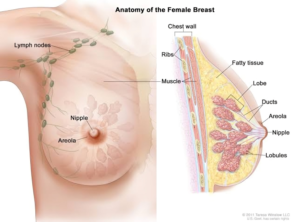
There are several types of breast carcinoma, including:
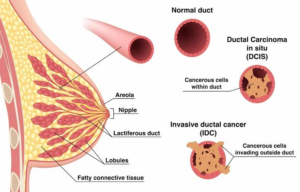

Several factors can increase the risk of developing breast carcinoma:
Breast cancer symptoms vary, but common signs include:
Never neglect these symptoms, always consult specialist to detect cancer early.
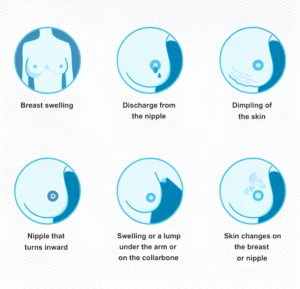
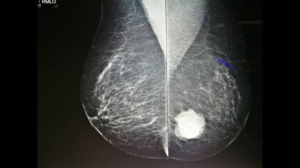
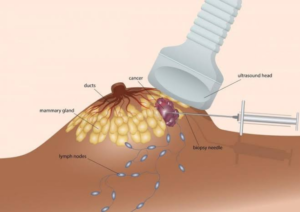
Accurate diagnosis is essential for effective treatment. Diagnostic methods include:
Breast carcinoma treatment is tailored to each patient based on the type of cancer, stage of presentation, and overall health condition of the patient.
Options include:
*Breast Conservative Surgery should be followed by radiation therapy and regular follow-up.

Non-Surgical Treatments includes the following-
When to start (before surgery or after surgery) and what non-surgical treatment to start depends on the type of cancer and stage of presentation.
We offer personalized, evidence-based care with a focus on long-term wellness.
Recovery doesn’t stop after surgery or therapy. We support our patients with:
Our team walks with you through every step—from diagnosis to full recovery.
If you notice any lump, nipple discharge, or breast changes, do not delay evaluation. Early detection can save lives. Our skilled team is here to provide timely diagnosis and effective treatment.
At “Vizag Surgicare” your health and well-being come first.
Call us or book an appointment online for expert evaluation, personalized treatment, and holistic breast care.
Mobile No 1 : +91-77029 50513
Mobile No 2 : +91-9848638615
Mobile No 3 : +91-9849239213
First Floor, Mohan Medical Shop, Seethammadhara (NE), Visakhapatnam-530013
info@vizagsurgicare.com
WhatsApp us